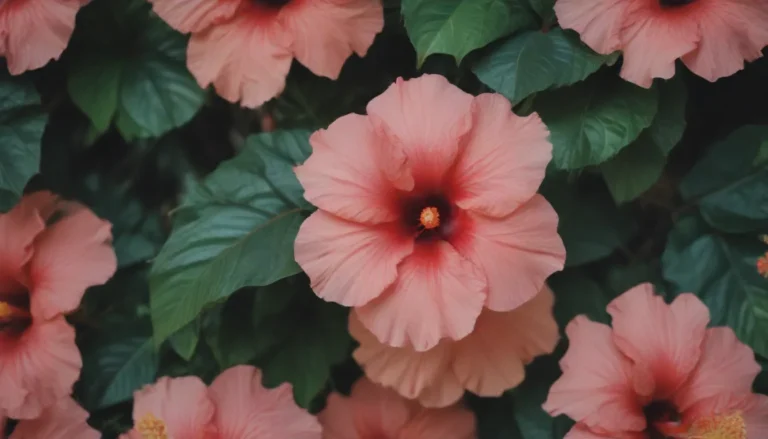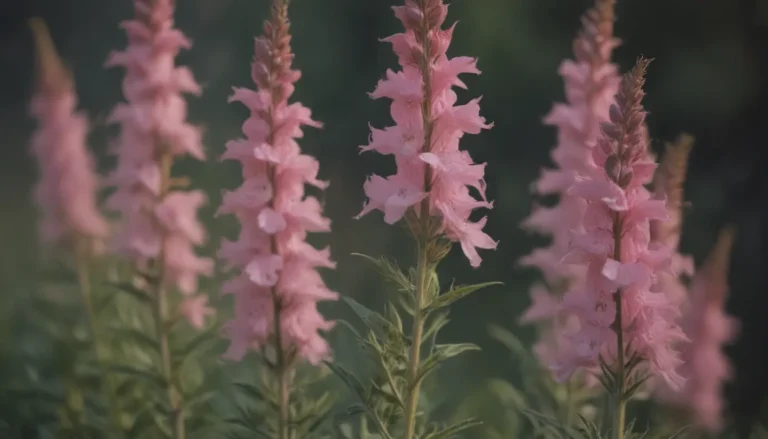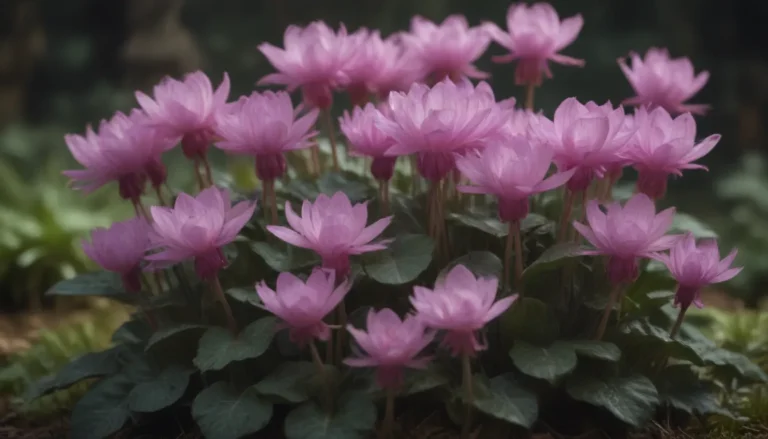A Comprehensive Guide to Growing and Caring for Chokecherries

Are you looking to add a unique and versatile plant to your garden? Chokecherries, also known as wild cherries or bitter-berries, are a fantastic option. These shrubs or small ornamental trees are prized for their purple-black fruit used in a variety of culinary delights such as jellies, jams, and wines. In this comprehensive guide, we will explore everything you need to know about growing and caring for chokecherries.
The Basics of Chokecherry Care
Chokecherries are incredibly resilient plants that can thrive in various conditions. However, there are a few key care requirements to keep in mind to ensure your chokecherry tree flourishes:
Warning:
It’s important to note that chokecherries have a tendency to create thickets and can become invasive in certain areas. Before planting a chokecherry tree, be sure to research your local regulations to prevent any negative impact on native plants and wildlife.
Light:
Chokecherries thrive in full sun, which encourages optimal fruit production. However, these plants are also shade-tolerant and can be grown in partially shaded areas.
Soil:
While moist soil is ideal for chokecherries, they are quite adaptable to various soil conditions. They can thrive in loamy, sandy, and clay soil, as well as slightly acidic to slightly alkaline soil pH.
Water:
Chokecherries naturally grow near water sources, so adequate watering is essential for healthy growth and fruit production. While these plants are somewhat drought-tolerant, it’s best to keep the soil consistently moist (not wet).
Temperature and Humidity:
Chokecherries are cold- and heat-tolerant, thriving in USDA zones 2 to 7. These hardy plants can withstand a wide range of climates and conditions.
Fertilizer:
Chokecherries generally do not require specific fertilizers due to their adaptability to different soil conditions. However, adding compost or a well-balanced fertilizer in the spring can promote healthy growth. Conducting a soil test can help determine any nutrient deficiencies your soil may have.
Types of Chokecherries
Three main varieties of chokecherry trees exist, each with slight variations in fruit color and geographic distribution. Some common chokecherry cultivars used for landscaping and fruit production include:
- **Prunus virginiana ‘Schubert’
- **Prunus virginiana ‘Canada Red’
- **Prunus virginiana ‘Boughen’s Chokeless’ or ‘Boughen’s Sweet’
- **Prunus virginiana ‘Maskinonge’
Pruning Your Chokecherry Tree
Proper pruning is essential to maintain the health and productivity of your chokecherry tree. It’s best to prune in late winter or early spring. You can prune your chokecherry into a shrub or a tree depending on your preference:
- To train a chokecherry tree, prune away branches near the center of the trunk to allow for adequate airflow. Remove any low-growing branches.
- For a shrub-like appearance, prune away one-third of the old growth to encourage new, productive growth while preserving the plant’s size and shape.
Propagating and Growing Chokecherries
Propagating chokecherries can be done easily through cuttings, while growing them from seed requires patience and care. Here’s how you can grow chokecherries from seed:
- Collect chokecherry seeds from ripe fruit.
- Scarify the seeds by lightly scratching the surface to encourage germination.
- Plant the seeds in a well-draining soil mix and keep them moist.
- Seedlings should emerge within a few weeks, and you can transplant them once they are established.
Potting and Repotting Chokecherries
Chokecherries can be grown as trees or maintained as shrubs in containers. Here are some tips for potting and repotting your chokecherry plant:
- Use average potting soil for container-grown chokecherries.
- Add compost or fertilizer periodically to provide essential nutrients.
- Keep potted plants in a sunny location with ample room for growth.
- Repot your chokecherry plant when it outgrows its current container, ensuring fresh soil and proper watering.
Overwintering Your Chokecherry Tree
Chokecherries are cold-tolerant plants that require minimal maintenance for overwintering. Here’s how you can protect your chokecherry during the colder months:
- Add a thick layer of mulch around the base of the tree to insulate the roots.
- For potted chokecherries, move them to a sheltered area, such as a garage, to protect them from extreme cold.
- Create an insulation layer around the pot using chicken wire and mulch or hay.
Common Pests and Diseases
Chokecherries are susceptible to certain pests and diseases that can impact their health and fruit production. Some common issues to watch out for include:
- Pests like tent caterpillars and aphids can infest chokecherries.
- X-disease, spread by leafhoppers, can cause purple holes in leaves and deformed fruit.
- Diseases like honey fungus, black knot, and canker fungus can also affect the tree’s health.
Encouraging Bloom and Addressing Common Issues
Chokecherries bloom from April to June or July with dense clusters of white, fragrant flowers. To encourage more blooms, ensure your tree receives full sun in an open site. Despite their resilience, chokecherries can face a couple of common problems such as suckering and weak branches, which may require proactive management.
In conclusion, chokecherries are versatile plants that can thrive in a wide range of conditions, making them a fantastic addition to any garden. By following the care tips outlined in this guide, you can enjoy the beauty and bounty of chokecherries while ensuring the health and vitality of your plant. Remember to research your local regulations before planting chokecherries to avoid any unintended consequences in your ecosystem. Happy gardening!





